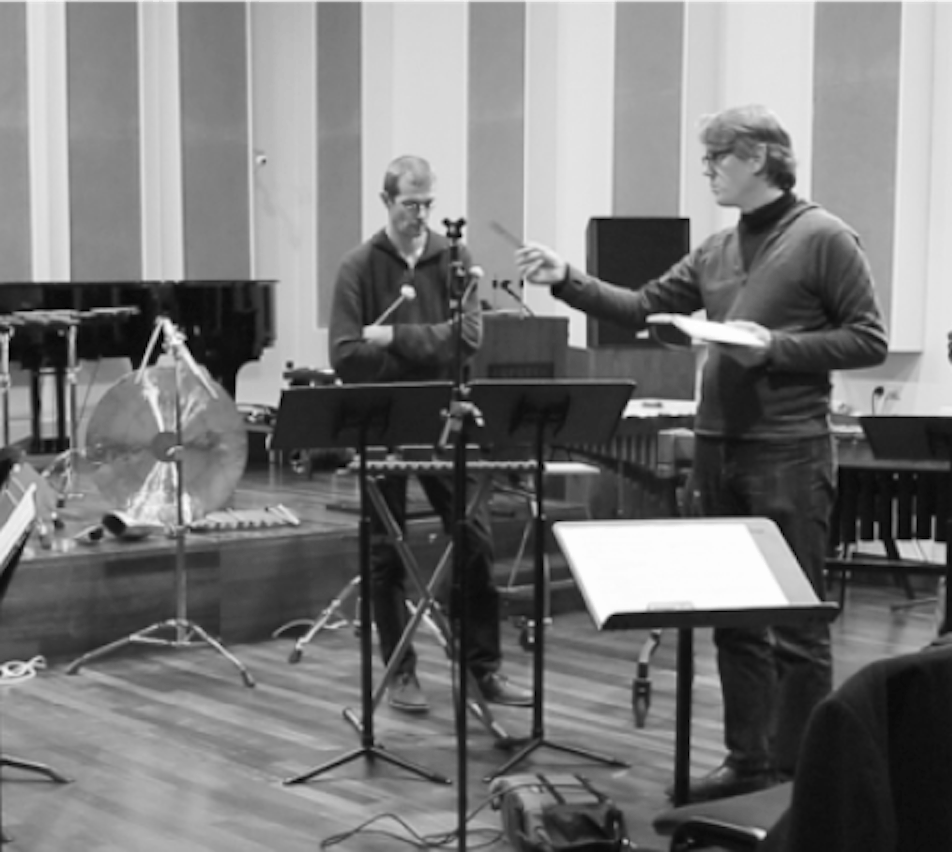

Francesca Ajossa
| Keywords: | embodiment, vision, cross-modal performance, audience reception |
| Duration: | Started in 2021 |
| Period: | 20th century music |
| Musician type: | keyboard |
| Host institution: | Leuven University |
| Keywords: | embodiment, vision, cross-modal performance, audience reception |
| Duration: | Started in 2021 |
| Period: | 20th century music |
| Musician type: | keyboard |
| Host institution: | Leuven University |
Numerous studies show, however, that visual information also play a fundamental role in the way an audience experiences a musical performance. In contrast to traditional organ performances, where the visual element is almost absent because of the hidden position of the console, the aim of this project is to use the great communicative power of vision to enhance the expressiveness of the performance and possibly overcome the limitations pointed out in the literature through the idea of the “music projected moving bodies”: a danced choreography that is added to the performer-audience line of communication.
The main artistic tool here is the scientific knowledge of Embodied Music Cognition, where the body is seen as a fundamental mediator between music and mind. A study of musicians’ movements whilst playing is conducted to create the movement vocabulary, to be used in a choreography which structure is based on the application of the Laban Technique to the musical score of O. Messiaen’s cycle “Les Corps Glorieux”, as a way to translate music into movement.
Through a series of iterative cycles where dialogue with dancers and audience and expert feedback are used as the main selection criteria, a final cross-modal performance is created. This is subsequently the topic of an audience-reception study, showing how people’s experience of this performance differs from a normal setting and therefore whether this modality can be improved and/or used in further contexts.